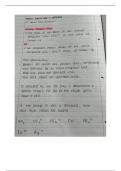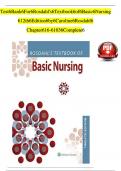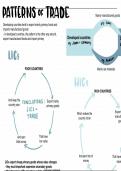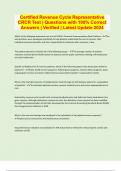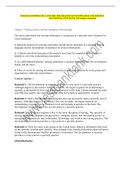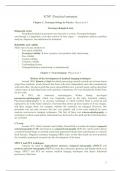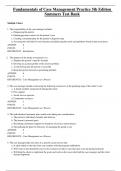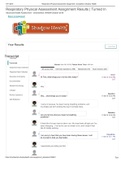Exam (elaborations)
Test Bank - Paramedic Care: Principles & Practice, Volume 3, 5th edition by Bledsoe (All Chapters Included).
Test Bank - Paramedic Care: Principles & Practice, Volume 3, 5th edition by Bryan E. Bledsoe, (All Chapters Included). Full Chapters Include;...Pulmonology Cardiology Neurology Endocrinology Immunology Gastroenterology Urology and Nephrology Toxicology and Substance Abuse Hematology Infectious Dise...
[Show more]




